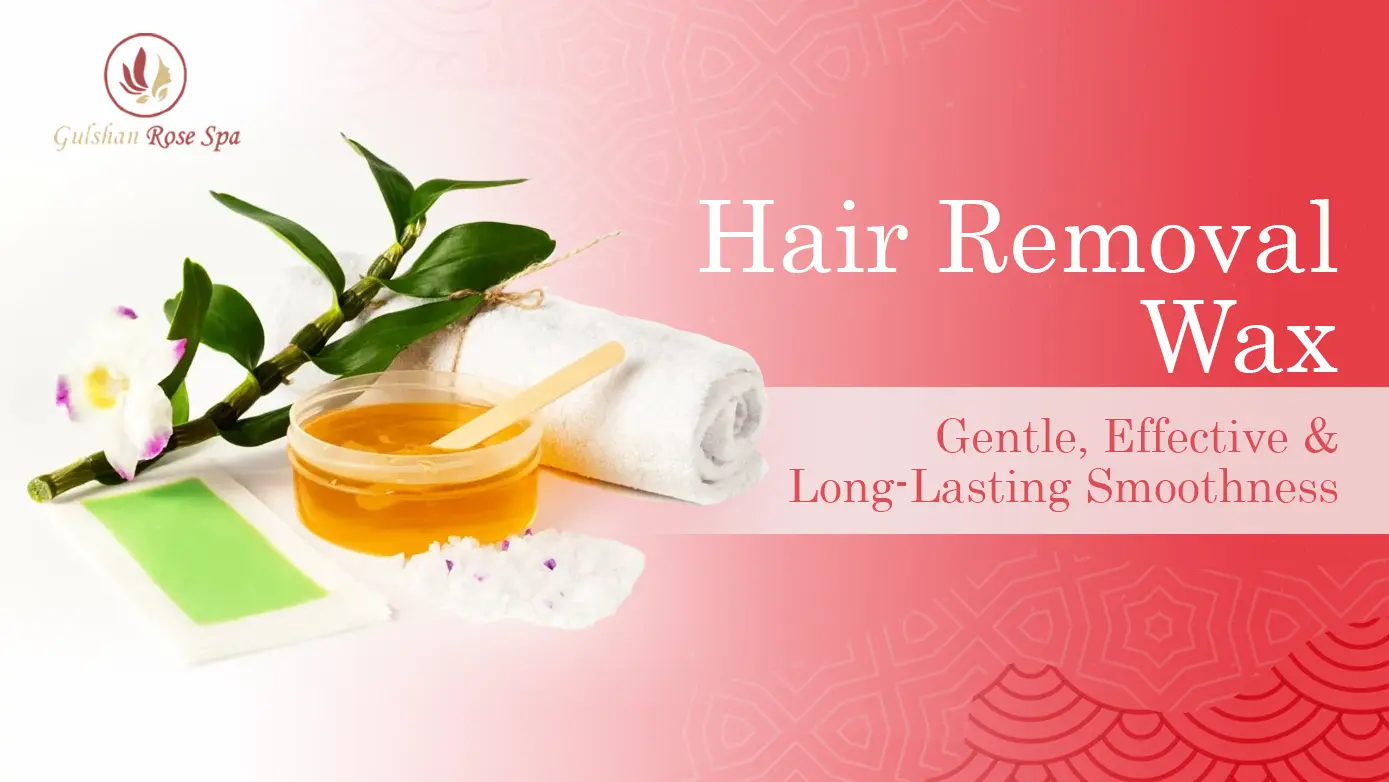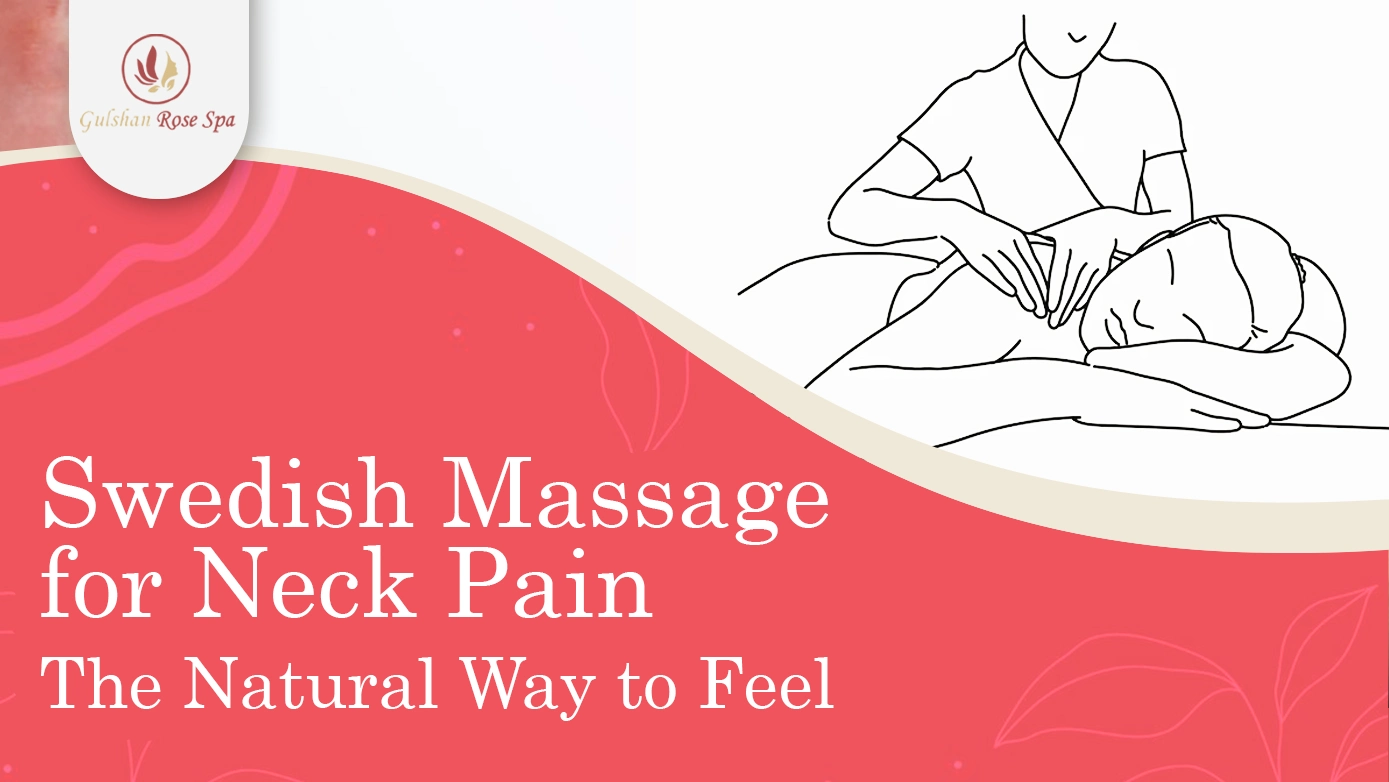Hair removal wax is a popular method for removing unwanted hair from the body. It pulls hair from the root, leaving the skin smooth and clean for weeks. Many people use waxing for areas like –
- legs,
- arms,
- face, and
- underarms.
Waxing can help reduce hair growth over time. It is available in different types, such as hard wax and soft wax. Choosing the right wax for your skin type is important. Hair removal wax is safe when used correctly. Always follow the instructions and do a patch test. For best results, you can visit a professional. Waxing is a trusted choice for smooth, hair-free skin.
What is Hair Removal Wax?
Hair removal wax removes unwanted hair from the body. Once removed, it sticks to the hair and pulls it out. Natural and synthetic waxes can be made. Commonly used on legs, arms, underarms, and faces.
There are two main types:
- soft wax (used with strips) and
- hard wax (removed without strips).
It leaves the skin smooth for up to 4 weeks. Some waxes use natural ingredients like beeswax or sugar. Always clean the skin before waxing. Do a patch test to avoid irritation. For best results and safety, follow instructions or visit a licensed professional.
Benefits of Using Wax for Hair Removal
Waxing is a popular method for removing unwanted hair from the body. It has been used for many years and offers several benefits compared to shaving or using creams. Here are the main reasons why many people choose waxing for smooth and hair-free skin.
Longer-Lasting Results
One of the greatest waxing versus shaving benefits is that the results last longer. Wax takes hair out from the root, not the surface. This means that the hair can take 3 to 6 weeks to grow back.
Smoother Skin
Waxing pull out not only the hair, it removes dead skin cells too. This makes the skin soft and smoother. With regular waxing, you can enjoy a fresh and clean skin texture for longer.
Thinner & Softer Hair Growth
When you get waxed frequently, those hairs are typically finer and softer when they grow back. Because the hair follicle weakens over time, waxing also provides the benefit of hair growing back finer and sparder than before. This is why it makes the new hair not as visible.
Fewer Ingrown Hairs
Although waxing can significantly reduce growth, having a professional do the procedure can be much more beneficial. The hair returns more uniformly if it is extracted from the root in the right direction. Additionally, exfoliating prior to a waxing session can assist prevent growth.
Less Skin Irritation
Waxing is less irritating for most people than shaving. Shaving can lead to cuts, razor burn, and irritating stubble. These and others become non-issues if waxing is done with a high-quality product and correctly.
Cost-Effective Over Time
Although it may be more expensive up front, waxing can save money in the long run. It lasts longer than shaving, so you don’t need to do it as often. Less frequent sessions mean using fewer products over the long run.
Suitable for Most Body Areas
Waxing is a versatile method. You can use it on legs, arms, underarms, face, bikini and more. Different waxes are available for different areas and types of skin, making it safe and effective for just about anyone.
Fast and Convenient
A wax from a professional can be fast — definitely but 30 minutes, depending on the area. There are also at-home waxing kits, which with a bit of practice and practice can be a breeze to use.
Less Hair Over Time
With consistent waxing over the months or years, some people notice that their hair grows back less than before. Regular waxing can sometimes slow down hair growth permanently.
Types of Hair Removal Wax
When it comes to waxing, there are two categories of wax: soft wax and hard wax. Both remove hair from the root, but using different methods and for different areas of the body. Knowing something about their features can help you pick the right for your needs.
Soft Wax
Soft wax, or strip wax, is spread thinly onto the skin. A cloth or paper strip is then pressed on the top and ripped off at once removing the hair.
Best for:
- Large areas like legs, arms, and back
- Fine to medium hair
Pros:
- Covers large areas quickly
- Removes both hair and dead skin cells (exfoliates)
Cons:
- Can be more painful
- May cause irritation if applied over the same spot twice
Hard Wax
Hard wax, also known as stripless wax, is applied warm directly to the skin. It hardens as it cools and is then pulled off without a strip.
Best for:
- Sensitive areas like the face, bikini line, and underarms
- Coarse or short hair
Pros:
- Less painful than soft wax
- Gentle on sensitive skin
- No cloth strips needed
Cons:
- Takes longer to apply
- Best for small areas
When to Use Soft vs. Hard Wax
| Feature | Soft Wax | Hard Wax |
| Skin Contact | Sticks to hair and skin | Sticks mainly to hair |
| Pain Level | Can be slightly more painful | Usually less painful |
| Best For | Large areas | Small, sensitive areas |
| Hair Type | Fine to medium hair | Coarse or short hair |
| Strip Required | Yes | No |
How to Use Hair Removal Wax at Home
What You Need
- Wax (hard or soft)
- Wax warmer (or microwave)
- Waxing strips (for soft wax)
- Applicator sticks
- Baby powder or pre-wax cleanser
- Moisturizer or post-wax oil
- Mirror (optional for hard-to-reach spots)
Step 1: Clean Your Skin
Clean the area of the skin you intend to wax. You can clean it with mild soap and water. Make sure your skin is clean and dry to the touch before you start. You can also sprinkle a bit of baby powder to make sure the skin is as dry as possible and ensure that the wax adheres well to the hair.
Step 2: Heat the Wax
Here’s how to do it the same way. Warm wax in wax heater or microwave. The wax should only be warm, not hot. If it is too hot, you can burn yourself, so to be safe test it on a small little patch of your wrist first.
Step 3: Apply the Wax
Distribute a thin layer of soft wax in the direction of hair growth using the applicator stick (if using soft wax). If you’re using hard wax, apply it thin in the same direction and create a small edge at the end so you can pull it off easily.
Step 4: Remove the Wax
Now apply the cloth strip, press down on the wax and rub in the direction of the hair growth. Then grip your skin firmly and yank the strip off fast against the hair growth. And be quick and close to the skin, not up and away from it.
For hard wax, wait a few seconds for it to cool and harden. Then raise the edge and peel it off sharply against the direction the hair grows.
Step 5: Soothe Your Skin
Once you are done waxing, remove any residual wax with a wax remover or natural oil, such as coconut or baby oil. Follow up with a soothing cream or aloe vera gel to calm the skin and minimize redness.
How to Choose the Best Wax for Your Skin Type?
Selecting the best wax is crucial for achieving smooth, safe, and successful hair removal. The right wax for you depends on your skin type, the thickness of your hair, your sensitivity levels. The following are easy to follow tips on how to make the right decision.
Best Wax for Dry/Sensitive Skin
If you have dry or sensitive skin, you’ll usually be better off with hard wax. It only clings to hair, so it’s less irritating. It’s less likely to lead to redness and bumps or cause your skin to start peeling. If you have extremely sensitive skin, consider staying away from soft wax on your face or bikini line. It is the type that can move the skin and be more painful.
Best Wax for Oily or Normal Skin
If you have normal to oily skin, soft wax can be a good option, especially on large surfaces like legs or arms. It takes away downy hair and it exfoliates as well, so your skin is smooth. But do a patch test in a small area first to be sure your skin doesn’t react violently to it.
Best Wax for Coarse Hair
Hard wax is perfect for long, coarse hair. It holds the hair so good and comes out without breaking. That’s why it’s commonly applied for underarms and bikini waxing. Softer wax may not pull out coarser hair and can be more painful in these areas.
Best Wax for Fine Hair
Fine or thin hair: You might want to try soft wax. It gets rid of small hairs with no problem and is best for wider areas with less sensitivity.
Aftercare Tips Following a Waxing Session
Waxing removes hair from the root and leaves your skin smooth. But it also makes your skin more sensitive. Good aftercare is important to avoid irritation, redness, bumps, and ingrown hairs. Whether you wax at home or go to a salon, these tips can help you care for your skin after waxing.
Keep Your Hands Off the Waxed Area
Your skin is more open and sensitive after waxing. Touching it with unwashed hands can spread bacteria. This may lead to breakouts or infections. Try not to touch or scratch the area, especially in the first 24 hours.
Avoid Heat for 24–48 Hours
After waxing, your skin needs to calm down. Stay away from:
- Hot showers or baths
- Steam rooms and saunas
- Tanning beds or direct sun exposure
Heat opens your pores more, which can make irritation worse. Use cool or lukewarm water to wash the waxed area instead.
Wear Loose, Breathable Clothing
Tight clothes can rub against your skin and cause friction. This can lead to rashes, redness, or ingrown hairs—especially in sensitive areas like the bikini line or underarms. Choose soft, loose cotton clothes for a day or two after waxing.
Avoid Sweating and Intense Exercise
Working out or sweating a lot can irritate freshly waxed skin. Sweat can carry bacteria into your open pores, increasing the risk of infection or breakouts. Try to avoid heavy workouts, running, or hot yoga for at least 24 hours.
Skip Makeup, Perfume, or Scented Products
Avoid putting any harsh or scented products on the waxed area. This includes:
- Perfumes or body sprays
- Deodorants (for underarm waxing)
- Tinted lotions or makeup
These can sting or cause reactions. Instead, use gentle, fragrance-free products only.
Soothe the Skin with the Right Products
You can apply calming creams or gels to reduce redness and cool the skin. Good options include:
- Aloe vera gel (natural or store-bought)
- Witch hazel (alcohol-free)
- Tea tree oil (diluted)
- Fragrance-free moisturizers
These help soothe and hydrate your skin, which speeds up healing.
Don’t Exfoliate Right Away
Your skin needs time to heal before you exfoliate. Wait at least 48 to 72 hours before using any scrubs or exfoliating gloves. After that, gentle exfoliation 2–3 times a week can help prevent ingrown hairs by clearing dead skin cells.
Avoid Swimming Pools and Hot Tubs
Chlorine in pools and bacteria in hot tubs can irritate freshly waxed skin. It’s best to avoid swimming in pools, lakes, or oceans for 24–48 hours after waxing.
Sleep Clean and Cool
If you have a large area waxed (like legs or back), use clean sheets and sleep in cool, breathable clothing. This helps reduce the risk of infection and lets your skin recover overnight.
Conclusion
Waxing is a reliable and easy way to maintain smooth, hairless skin. It lasts longer than shaving, and can slow hair growth over time. Hair may grow back finer and softer with regular use. Always opt for premium wax and use safety precautions to get the best results. ‘If you have sensitive skin, or if you’re unsure, the best thing to do is consult a professional. Whether in the home or at a salon, waxing is a choice for removing unwanted hair and achieving smooth results. Hair removal wax is a sensible and affordable alternative for long-term hair removal and a confident new look. Give it a try today and experience the difference.
FAQs
Is Wax Better Than Shaving?
Yes, it’s usually better than shaving. It pulls hair out at the roots, so you get longer-lasting results. Waxing also results in finer regrowth. Shaving is faster, but hair grows back faster and can be course.
Does Waxing Darken Underarms?
Armpits down not darken by waxing normally. Yet, if overdone or too rough, it can irritate the skin. This can result in short-term dark areas. Try to use mild wax along with a little care of your skin so that it doesn’t discolor.
Can I Wax My Face?
Yes, you can wax your face. It pulls even the finest hair and leaves skin smooth. You can use wax prepared for facial skin so that it does not cause irritation. Always do a patch test first. If you have sensitive skin, seek professional help.
Is Hard Wax Painful?
Hard wax can be slightly painful, but it is gentler than soft wax. It sticks to the hair, not the skin, which reduces pain. Most people feel only a quick sting. The pain usually lessens with regular waxing.
Should I Wax My Upper Lip?
Yes, you can wax your upper lip. It removes hair from the root and gives smooth results. Use gentle wax made for the face. It may sting a little but is quick. Always test on a small area first.





